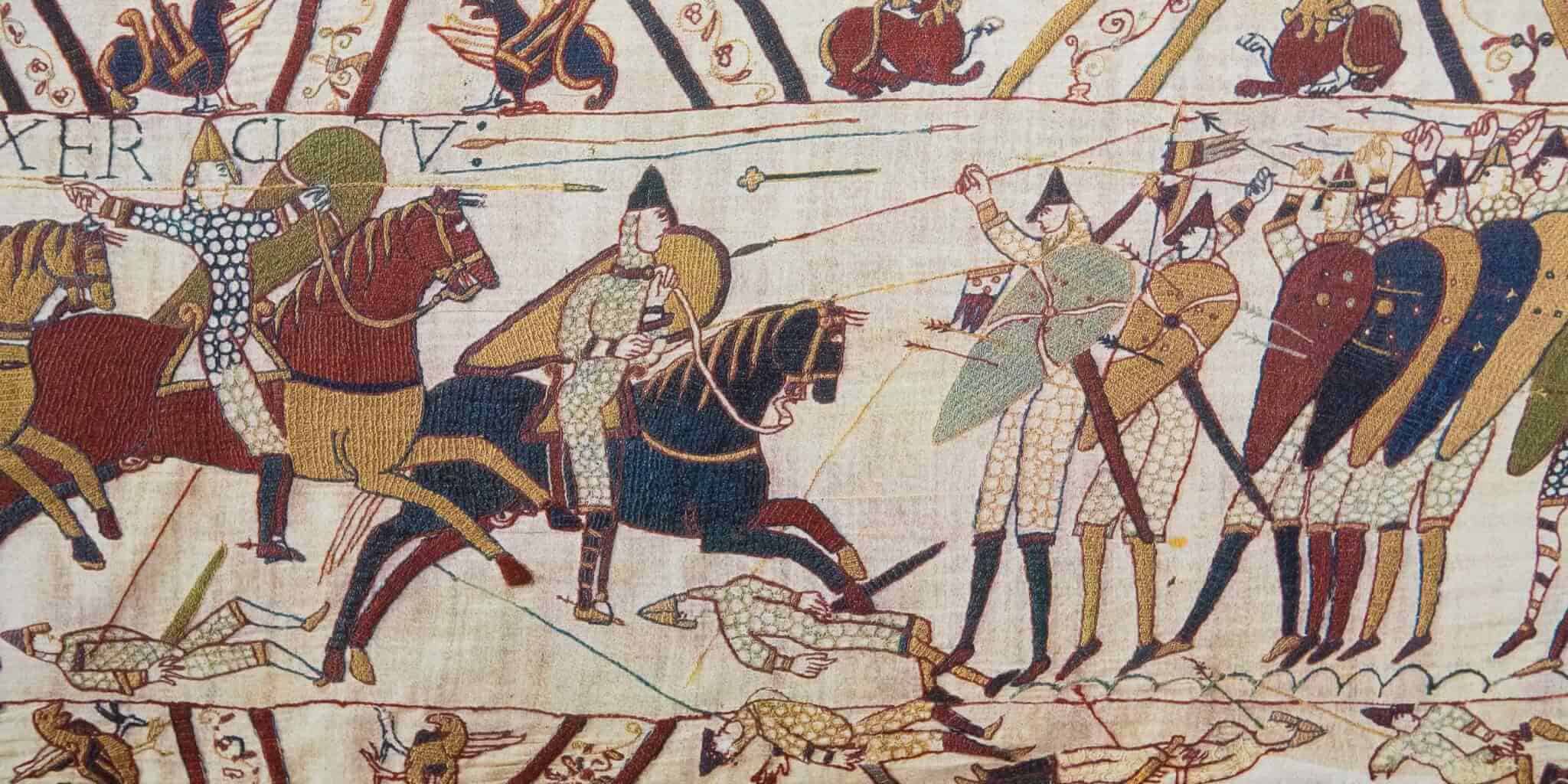The Battle of Hastings, fought on October 14, 1066, stands as one of the most decisive moments in medieval European history. It was not simply a contest of arms but the beginning of a new era for England. The conflict arose after the death of Edward the Confessor, king of England, in January 1066. Edward died childless, and a succession crisis erupted.
Harold Godwinson, a powerful noble and the Earl of Wessex, was crowned as King Harold II shortly after Edward’s death. However, his claim to the throne was immediately contested. William, Duke of Normandy, asserted that Edward had promised him the crown years earlier, and that Harold had sworn an oath to support his claim. Meanwhile, another claimant, Harald Hardrada of Norway, also invaded England, forcing Harold II to first march north and defeat the Norwegians at the Battle of Stamford Bridge in September 1066.
Only days after this victory, Harold was compelled to rush his weary army south to confront William’s invasion on the Sussex coast. On October 14, 1066, the two armies met near Hastings. Harold’s Anglo-Saxon forces formed a strong defensive shield wall atop Senlac Hill, resisting multiple Norman assaults throughout the day. William’s cavalry and infantry launched repeated attacks, but the shield wall held firm.
The turning point came when parts of Harold’s line broke formation after a feigned Norman retreat. This allowed William’s cavalry to encircle and cut down the exposed English soldiers. As the battle wore on, Harold himself was killed—according to later chroniclers, struck in the eye by an arrow, though this detail remains debated. With the death of their king, Anglo-Saxon resistance collapsed, and William claimed victory.
In the aftermath, William—later known as William the Conqueror—marched on London and was crowned King of England on Christmas Day, 1066. The Norman Conquest transformed England’s aristocracy, governance, language, and culture. Norman French became the tongue of the ruling elite, while Anglo-Saxon traditions blended into a new medieval English identity. Castles and cathedrals rose across the land, symbolizing Norman dominance.
The Battle of Hastings was more than a military engagement; it was the beginning of a profound transformation in English society. It permanently tied England to continental Europe, set the stage for centuries of conflict with France, and shaped the trajectory of the English monarchy. Its significance endures to this day, and it remains one of the most studied battles in world history.
Sources / References:
David Bates, William the Conqueror (Yale University Press, 2016).
Marc Morris, The Norman Conquest: The Battle of Hastings and the Fall of Anglo-Saxon England (Pegasus Books, 2013).
English Heritage, “The Battle of Hastings” – https://www.english-heritage.org.uk/
